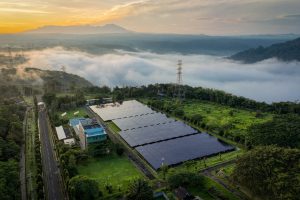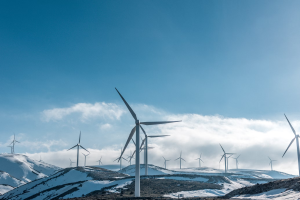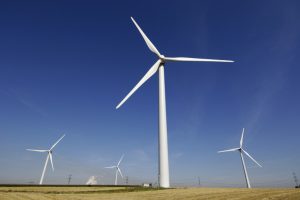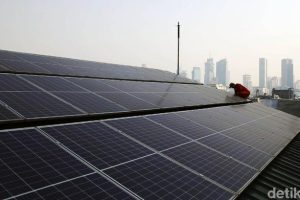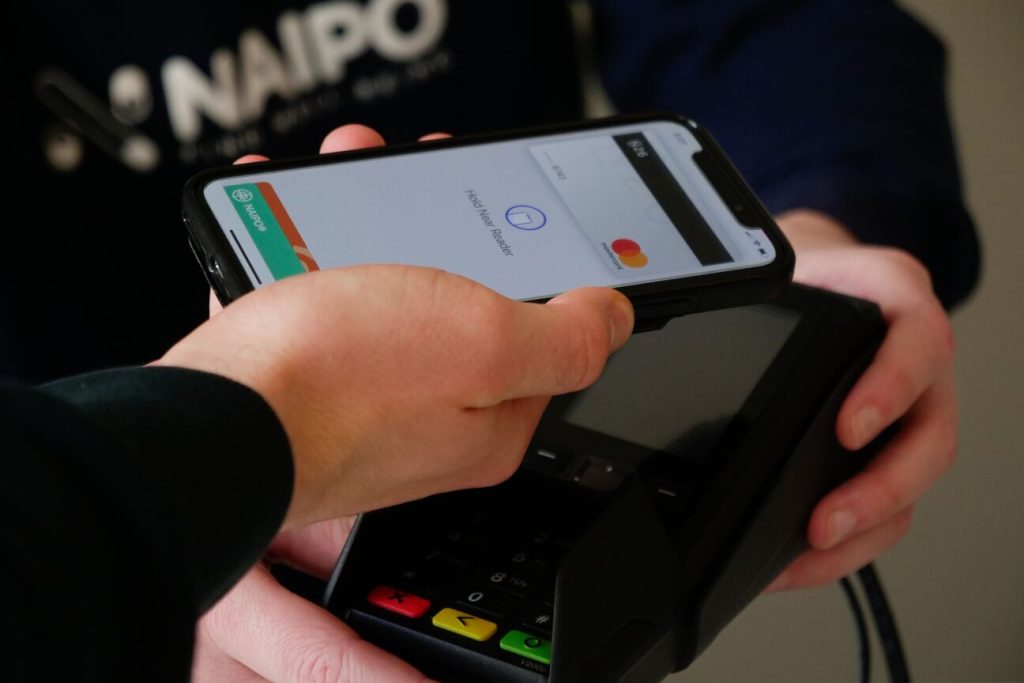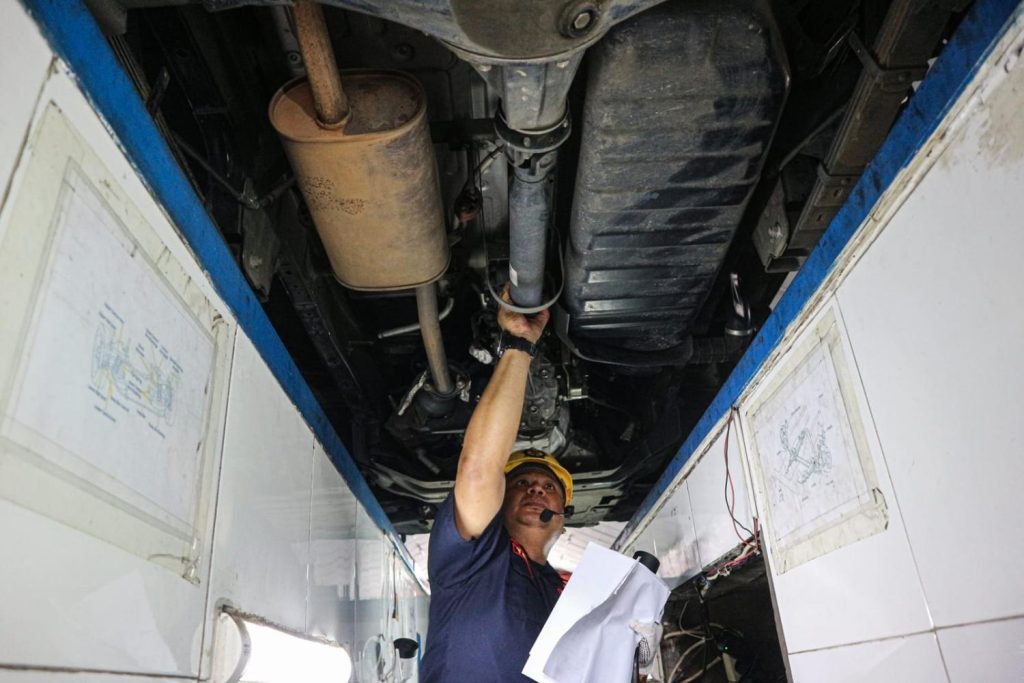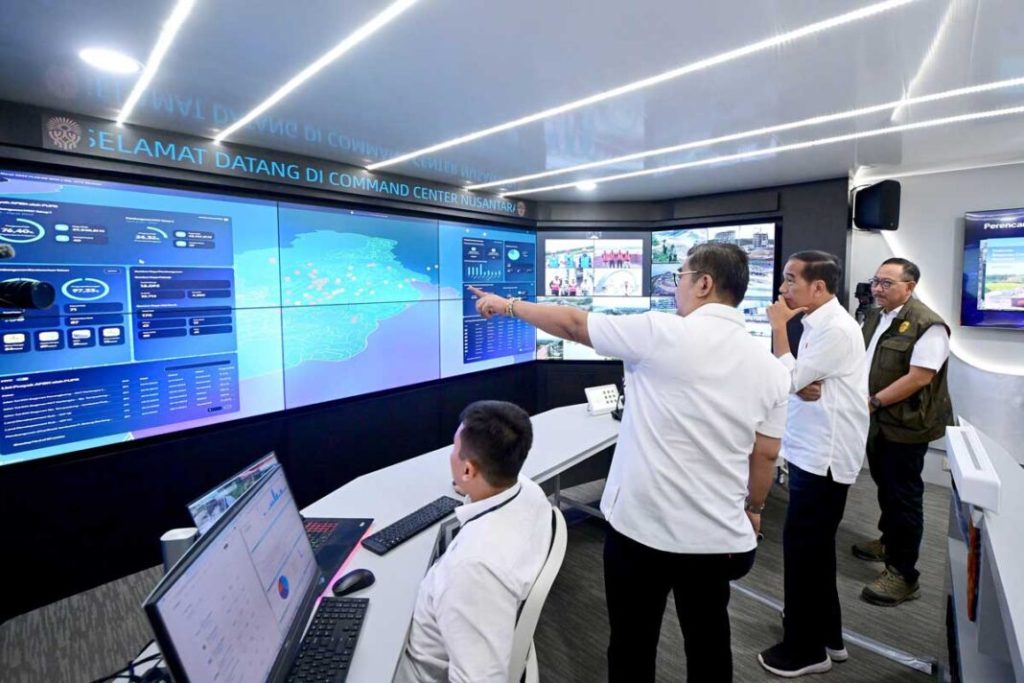By: Haryanto
Research Assistant at Purnomo Yusgiantoro Center (PYC).
Nowadays, renewables have been a topic of broad discussion. Renewables such as solar energy, bioenergy, geothermal, wind and hydro are commonly discussed in many forums. The use of renewables is closely associated with increasing energy security. Nevertheless, other renewables, such as energy from the ocean or what is known as a blue energy, is still rarely discussed. Indonesia, as the largest archipelagic country in the world, has a huge potential of blue energy that needs to be explored and leveraged.
Blue energy utilization in Indonesia
The blue energy may come in many forms, either salinity gradient, tidal, wave or ocean thermal energy conversion (OTEC). The blue energy is promising, as it has huge potential and a type of environmental-friendly energy. Some countries have successfully developed and utilized the blue energy, for example, Canada and the United Kingdom.
As for Indonesia, according to Directorate of New and Renewable Energy and Energy Conservation (Ditjen EBTKE), Indonesia has huge potential of blue energy that is to be tapped. The total potential resources for this blue energy is 17.9 GW. Harnessing this energy would enhance Indonesia’s energy security, at least from the availability perspective. For example, the implementation of OTEC with an efficiency of 3% could generate an electricity of 240.000 MW. This blue energy is also suitable to electrify harbor cities and remote islands in Indonesia.
According to another source, a study by Afian, Daif, and Rina from Agency for the Assessment and Application of Technology (BPPT) in 2017, the potential of blue energy in Indonesia is immense since there are many straits with a strong current, reaching around 2 m/s.
Some studies even already estimated the blue energy production cost, for example, as done by Estu, Rizky, and Siti. Based on their analysis, production costs for energy generated from sea current, wave and tidal are IDR 1,268/kWh, IDR 1,709/kWh, and IDR 2,048/kWh, respectively. On the other hand, generating energy using the ocean thermal energy conversion would be very costly, reaching IDR. 4,030/kWh.
Given the Indonesia’s geographical location and natural characteristics, blue energy development in Indonesia is promising. Besides, development of this blue energy could create multiplier effects in terms of economy and technology development. Despite Indonesia’s potential and many studies that have been conducted, unfortunately, the blue energy is still at the research and development stage in Indonesia.
Unlocking the blue energy potential in Indonesia
Indonesia already has some success stories in developing and utilizing its renewables potential. For example, Indonesia successfully built a wind power plant (PLTB) in Morowali, Central Sulawesi. Another example is the Ministry of Energy and Mineral Resources (ESDM) one million solar rooftop program. Given these two examples, it is not impossible for Indonesia to do the same with blue energy.
The key enabler here is the government’s interventions. The development of any kind of RE, not only blue energy, is unlikely to be successful without government’s participation. Government plays a key role in attracting investments to develop the renewables in Indonesia.
One good example of this is that the government manages to attract Hyundai to invest USD 1.5 billion to develop electric vehicles manufacturing industry in Indonesia. It shows that given the right investment climate and incentives, other countries would be interested in investing in Indonesia. It is normal to see that other developed countries that have sufficient technology and funding to invest in developing countries with a vast amount of potential and resources.
In this case, huge reserves of mineral that are needed for EV battery, for instance, nickel, might be what attract the investment. Moreover, Indonesia has one of the biggest populations in the world, where the needs for vehicles grow every year.
In the context of the blue energy development, the investment is crucial not only from the financial perspective, which is to fund the blue energy development, but also important as a gate to import technologies from developed country. This is because Indonesia has inadequate capacity and technology to build and commercialize this blue energy independently at the moment yet.
The role of the government does not only to attract investment, but also to encourage the utilization of this blue energy by giving incentives such as feed-in-tariff. For example, China offers a feed-in-tariff three times the price of fossil fuels, encouraging the use of blue energy. This scheme is interesting enough to attract the private sector to develop the blue energy and to make a profit. It is also similar to when countries need to initially incentivize the utilization of solar energy.
Additionally, the government should involve research institutions, such as Indonesian Institute of Sciences (LIPI) or BPPT, as well as universities. This would allow the ‘transfer of know-how’ to take place. The involvement of such institutions in the technology development phase is vital to building our capacity in the long-term. Indonesia may consider to send more of its researchers abroad to study from other countries that have successfully developed and utilized the blue energy, or to involve them with the foreign companies that would like to invest and develop the blue energy technologies in Indonesia.
Ideally, Indonesia should be able to build its blue energy plant in the future. This so-called concept of ‘triple helix’ has been proven to work previously, as shown by the collaboration between PT Pertamina, ITB and the government to create the green catalyst.
The blue energy is essential to be explored and developed as it is also aligned with Indonesia’s ambitious goal to reach a 23% renewables in the national energy mix. The blue energy is also clean energy that does not emit greenhouse gases. Hence, the use of blue energy would not only help Indonesia to achieve its RE goal, but also its goal to reduce the GHGs by 29% in 2030.
However, development of blue energy is bound to meet several challenges. As mentioned by Henry Jeffrey, Head of OES, issues related to technical, economical and financial are to be tackled before implementing the ocean energy. With the success story of developing solar energy, which decades ago was still uncompetitive against fossil energy, it is not impossible to do the same with the blue energy.
Overall, it can be concluded that Indonesia has an immense potential of blue energy considering its geographical aspects and natural characteristics, even though the Indonesia’s level of technology is still insufficient as of this time. The use of blue energy can help to achieve its renewables goal as well as environmental goal. The use of blue energy can also contribute to enhancing energy security.
To fully develop and utilize Indonesia’s blue energy potential, there are three actions that can be taken.
First, to attract investors by creating an investment friendly climate. One example is to to create a clear regulatory framework for the development of blue energy. Currently, renewable energy law (RUU EBT) is being developed, which hopefully can enhance the renewables development once it is enacted.
It is important to remember that we could attract the private sectors to invest, if it would be profitable for them. Otherwise, it is plausible if the private sectors would prefer to put their money in the other business and development that is likely to generate profit.
Second, to incentivize the use of blue energy if it can already be produced. To encourage the use of renewables, such as blue energy, incentives must be provided to make it more competitive than fossil energy. This incentive is not only limited to subsidy, but it can also be in the form of tax exemption or lower taxes for the blue energy developers, for example.
Third, to involve the research institutions and universities in technology development so that the transfer of know-how takes place. This would benefit Indonesia in the long term so that we can be independently utilize our blue energy.
Disclaimer: This opinion piece is the author(s) own and does not necessarily represent opinions of the Purnomo Yusgiantoro Center (PYC).
